Nissan is at the forefront of advanced driver assistance technology for enhanced driving safety. Here are a few tips to inform collision technicians to some of the new systems and service procedures required to restore the sophisticated safety technology to factory performance if an accident does occur.
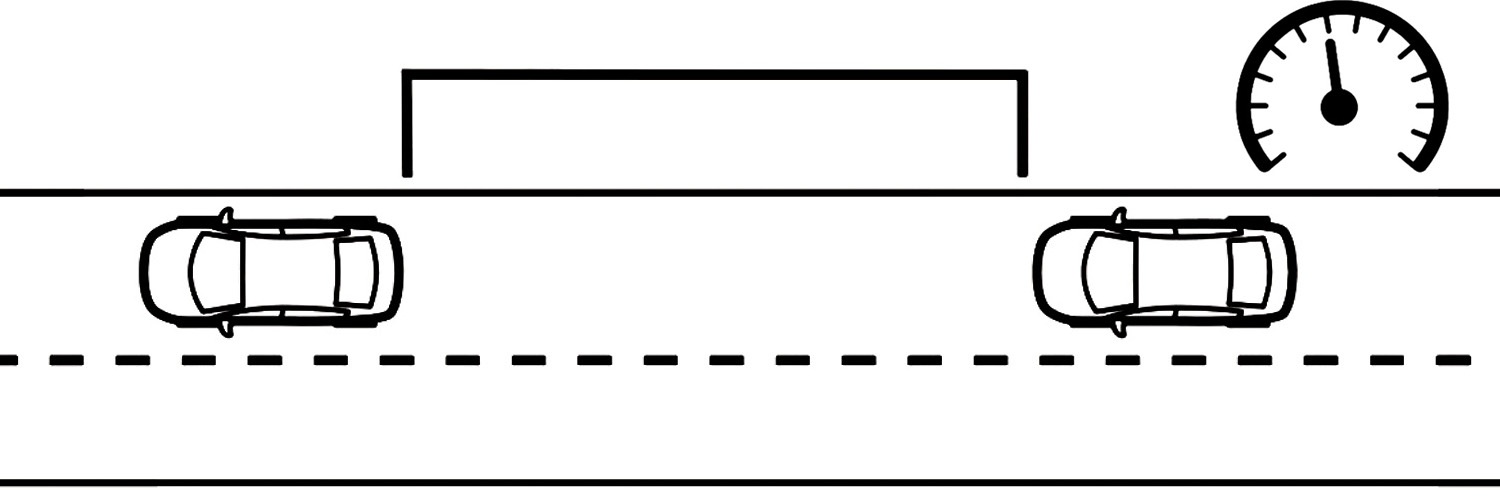
Intelligent Cruise Control (ICC) works like a standard cruise control, only with the added feature of maintaining a selected distance from the vehicle in front of you.
Nissan’s comprehensive approach to vehicle safety combines monitoring of vehicle road handling, passenger protection based on reinforced structure and crumple zones at both ends, and advanced driver assistance technologies to help reduce the risk of potentially harmful driving situations.
The advanced driver assist technologies are based on a combination of camera and radar sensors that help give visibility of potential collision risks 360° around the vehicle, plus software and hardware that react to emergency situations faster than could any human operator, and if the driver is not responsive, take over throttle control and braking to avoid or mitigate collision damage.
The Safety Shield technologies include Intelligent Cruise Control (ICC)1, Blind Spot Warning (BSW)2, Around View Monitor (AVM)3 with Moving Object Detection (MOD)4, and several interactive braking strategies (see the Safety Systems Overview sidebar for additional details).
X-Ray Vision
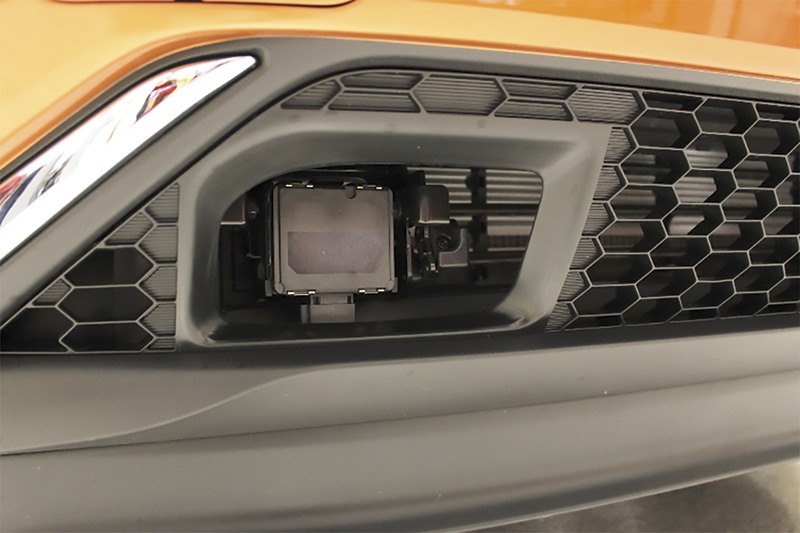
The Intelligent Cruise Control (ICC)1 sensor sends radar waves out in front of the vehicle and uses the bounce back time to determine distance and velocity relative to the vehicle ahead.
Unlike traditional cruise control that kept a constant pre-set speed, Nissan’s Intelligent Cruise Control (ICC)1 is designed to maintain a driver-selected distance between itself and the vehicle ahead. Available on many 2015 Nissan models, Intelligent Cruise Control1 monitors the distance and relative speed of the vehicle ahead, and adjusts throttle and braking to keep the vehicle at a driver-determined distance.
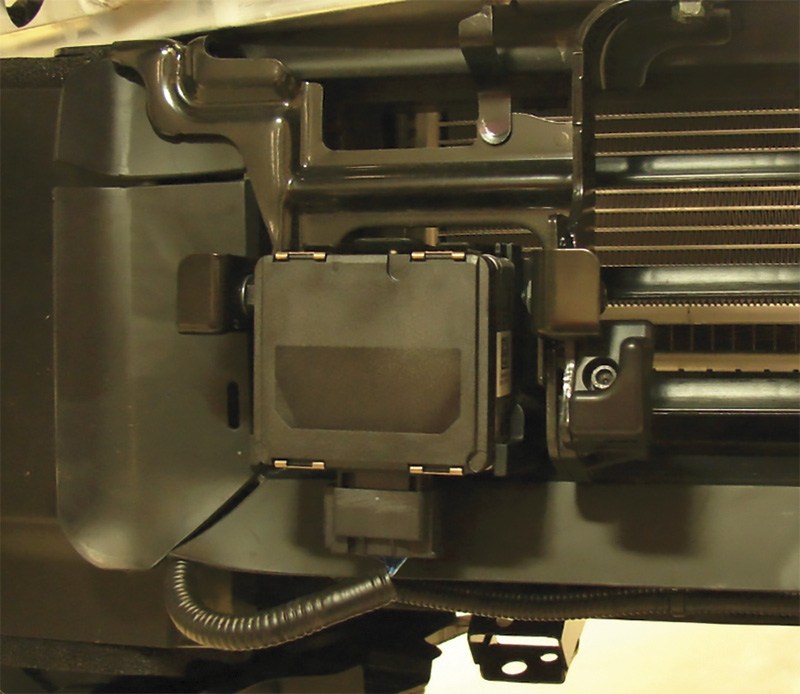
ICC1 sensor alignment is mandatory after a repair that affects the sensor or its mounting bracket. The hex head screw to the right of the square sensor is used to adjust sensor alignment.
Intelligent Cruise Control1 relies on millimeter wave radar, a technology that has been around in the military for years. Nissan is among the first manufacturers applying the technology to automotive safety systems use. A sensor mounted in the front grille area on the vehicle sends millimeter wave radar signals out in front of the vehicle. The sensor detects if the radar waves are reflected back cleanly. The distance from the vehicle ahead is calculated by the amount of time it takes for the reflected radar signal to return.
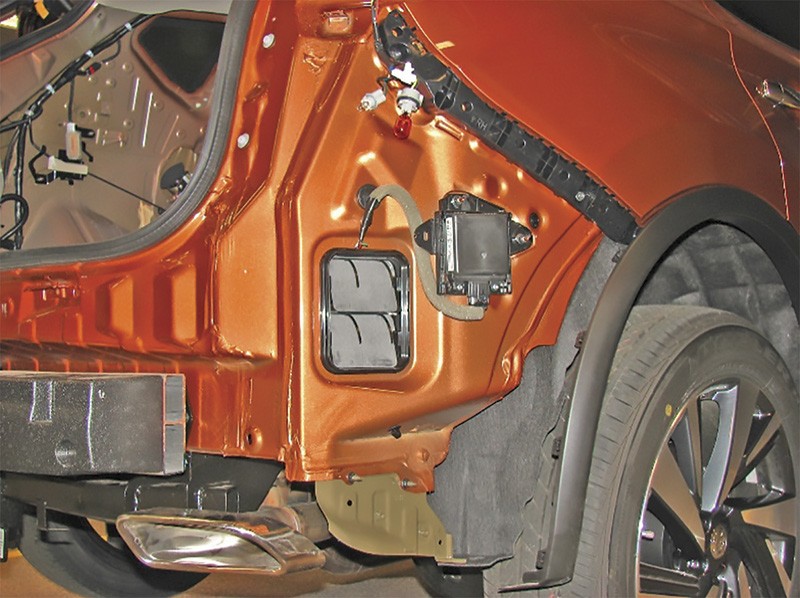
Side radar sensors at the rear corners of the vehicle provide information to the Blind Spot Warning (BSW)2 and Rear Cross Traffic Avoidance (RCTA)7 control modules about the distance from any objects behind or in the side blind spot areas.
In addition to the ability to maintain a preferred buffer distance from the vehicle ahead, millimeter wave radar gives Nissan vehicles another uncommon advantage. Millimeter wave radar functions somewhat like the technology used by airport scanners to detect if someone is hiding anything dangerous under their clothing.
The sensor transmits high-frequency radio waves around and through the vehicle ahead to monitor the preceding vehicle. Called Predictive Forward Collision Warning (PFCW)5, the system calculates both the distance and relative velocity of the second vehicle ahead, to determine if it is slowing at a rate that could present a collision risk. It then sends the data to the ICC1 software, which can generate an alert for the driver, if necessary.
If the driver does not apply the brakes, the Forward Emergency Braking (FEB)5 system sends a request for immediate braking through the Advanced Driver Assistance System (ADAS) control module to the anti-lock braking system. The ABS actuator automatically applies braking force to bring the vehicle to a stop.
ICC1 Sensor Calibration
ICC1 sensor alignment is critical to proper operation of the ICC1, FEB3 and PFCW4 functions. If either system is not working properly, the ICC1 sensor may need realigning to make sure it is aiming in the proper direction. The ICC1 must also be aligned whenever the sensor is removed and reinstalled or replaced. Prior to alignment, perform a four-wheel alignment to ensure that the vehicle has the proper thrust angle.
Accurate alignment requires use of an ICC1 target board, wheel adapter, laser assembly, and that the stationary target is properly positioned. Refer to the ESM for detailed setup procedures.
Note that in order to adjust the ICC1 sensor vertically, you must follow the ESM, which uses target boards and the CONSULT III plus to perform vertical alignment.
When you have completed all of the calibration steps, perform an ICC1 system action test to make sure the system operates normally. Refer to the proper service manual for test procedure.
Note that Intelligent Cruise Control1 is intended for use primarily on straight, dry, level roads with light traffic. Curved roads, heavily congested highways, heavy rain, fog, or icy roads are all conditions that may interfere with the ICC1 system’s ability to accurately control vehicle following distance. Additionally, a heavy load in the back of the vehicle may alter where the sensor is pointed, reducing its accuracy.
360° Camera Vision
To capture real-time views of all areas around the vehicle, the Around View Monitor (AVM)3 utilizes four cameras – one each for the front, rear, left and right sides. The four cameras send data to the AVM3 system. The AVM3 control unit also contains processing logic called Moving Object Detection (MOD)4 that can analyze camera images and determine if a moving object is present in any of the four camera coverage areas. The AVM3 control module sends images from the exterior cameras to an in-dash monitor, and alerts the driver with visual and audible warnings of a potential hazard.
If a camera or AVM3 control unit must be replaced, a variety of procedures must be followed to reset and calibrate the new component. Even if you are only removing or replacing the front grille, door mirror, or other body components to which a camera is mounted, you must re-calibrate the camera.
There are different calibration steps for each of the four cameras. There are also instructions to fine-tune how the in-dash monitor displays the different data types, including birds-eye view, rear wide-angle view, forward predictive travel view, and others. Refer to the Work Support program in the CONSULT III plus for step-by-step instructions applicable to the device you are replacing.
Nissan engineers have combined powerful radar and camera technologies with sophisticated software and process algorithms for control modules. The result is a vehicle featuring technology that can help minimize collision risk, even if the driver is less than attentive to traffic conditions. For future driving peace of mind and service provider liability purposes, collision repair technicians must be nothing less than 100% attentive to safety technology restoration. |
Safety Systems Overview |
|
Safety System |
Description |
| Intelligent Cruise Control (ICC)1 | Uses a front radar sensor to determine distance between the vehicle and the vehicle ahead. Automatically applies throttle or braking to maintain the user-selected distance during cruise control. |
| Blind Spot Warning (BSW)2 | Uses side radar sensors to detect the presence of vehicles in adjacent lanes, and warns the driver with visual and audible alarms. |
| Around View Monitor (AVM)3 | Uses four cameras around the vehicle to display 360° of vehicle surroundings on the A/V monitor. Combined with MOD4 to provide on-screen warning information. |
| Moving Object Detection (MOD)4 | Detects and warns if moving objects are present around the vehicle exterior. MOD4 is a sub-function of the AVM3 system. |
| Forward Emergency Braking (FEB)5 | While PFCW4 is a warning system, FEB3 uses the same front radar data to decide whether to intervene on behalf of the driver. If the FEB3 system determines that braking is necessary to avoid a collision, the system cuts throttle and applies the brakes at a rate needed to safely stop the vehicle. |
| Predictive Forward Collision Warning (PFCW)6 | Uses the front radar sensor to determine if the distance between the vehicle and the vehicle ahead is not sufficient. Based on relative speed and closing distance, the system alerts the driver with visual and audible warnings. |
| Rear Cross Traffic Alert (RCTA)7 | When in reverse, the system uses the side radar sensors to detect the presence of vehicles crossing in the intended path of the vehicle. The system alerts the driver with visual and audible warnings. |
- ICC: Intelligent Cruise Control is not a collision avoidance system or warning device. Designed to use limited braking. Failure to apply the brakes could result in an accident.
- BSW: Blind Spot Warning is not a substitute for proper lane change procedures. The system will not prevent contact with other vehicles or accidents. It may not detect every vehicle or object around you.
- AVM: Parking aid/convenience feature. Cannot completely eliminate blind spots. May not detect every object and does not warn of moving objects. Always check surroundings and turn to look behind you before moving vehicle.
- MOD cannot completely eliminate blind spots and may not detect every object. MOD operates at vehicle speeds below 5 mph. Always check surroundings and turn to look behind you before moving vehicle.
- FEB cannot prevent accidents due to carelessness or dangerous driving techniques. It may not provide warning or braking in certain conditions. Speed limitations apply.
- PFCW is intended to warn you before a collision occurs; it cannot prevent a collision. Speed & other limitations apply. See owner’s manual for details.
- RCTA: Not a substitute for proper backing procedures. May not detect all moving vehicles. Speed and other limitations apply. See owner’s manual for details.

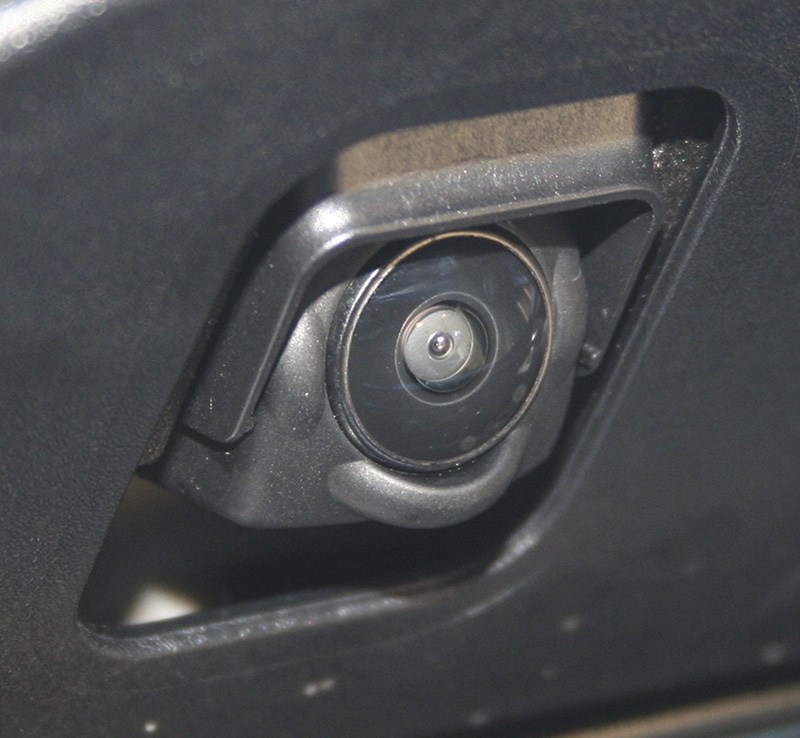
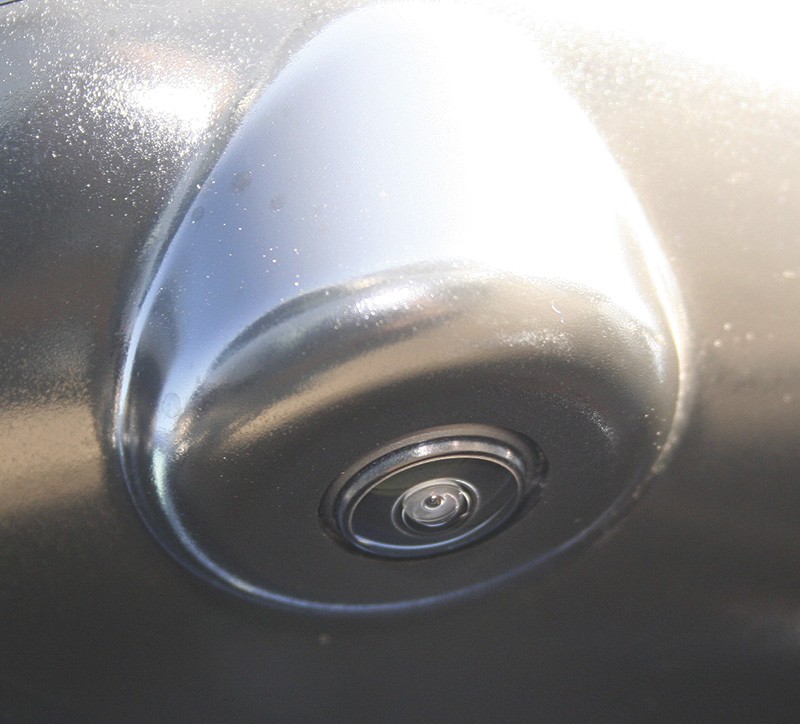
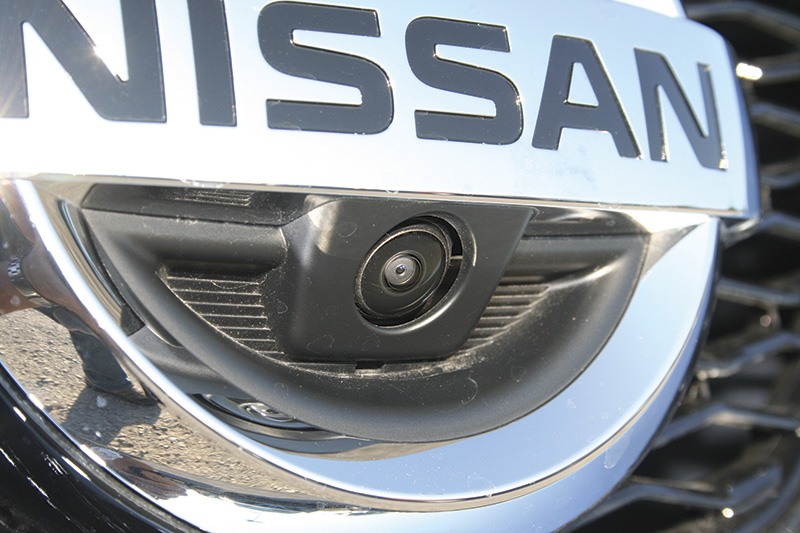
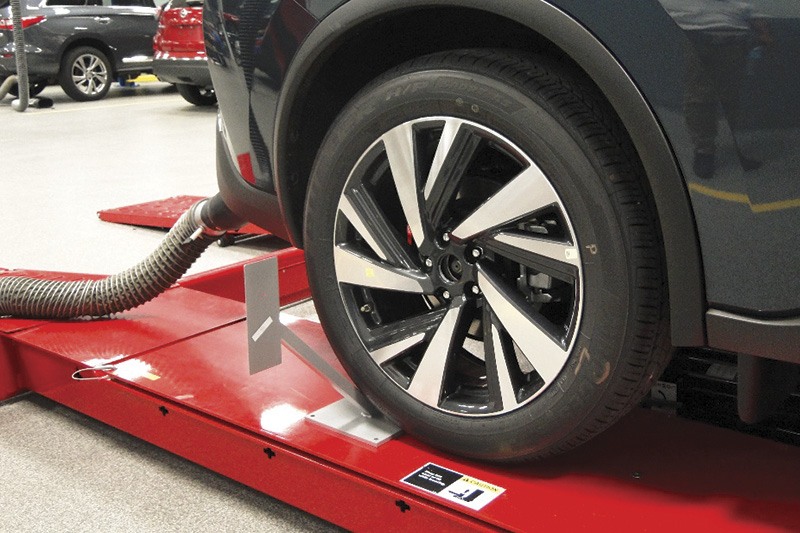
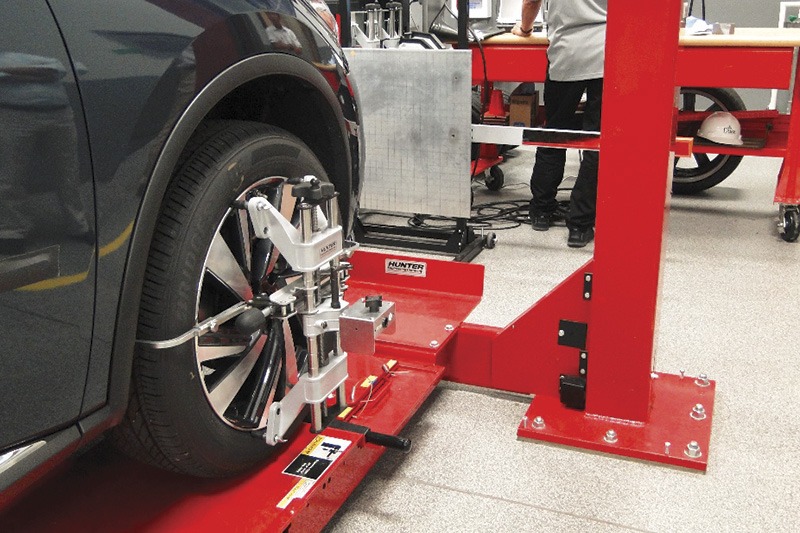




I get no prior warning before 2 to 3 feet from vehicle in front. Dealer tech specified, after a test drive ,that the system was to spec. A Nissan Tech Report said I should get multiple alerts prior to an emergency braking event.
The rest of the safety package is great, but due to our age the FEB was very important to us. Can you bring me up to speed on what to expect or is the option just a gimmick???
2016 Rogue SL
David Townsend
109 Hickory Point
McCormick, SC 29835
864-391-2548